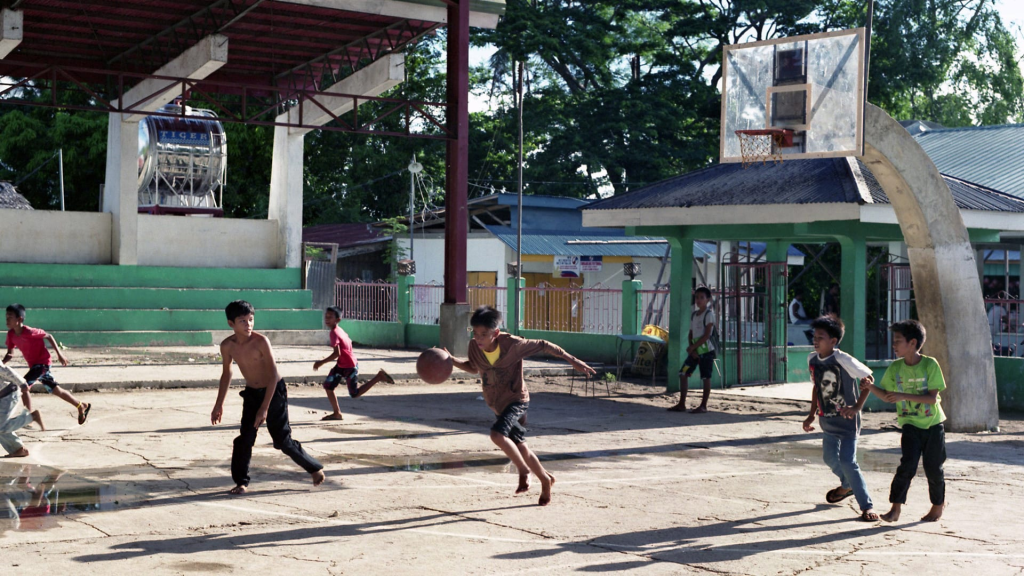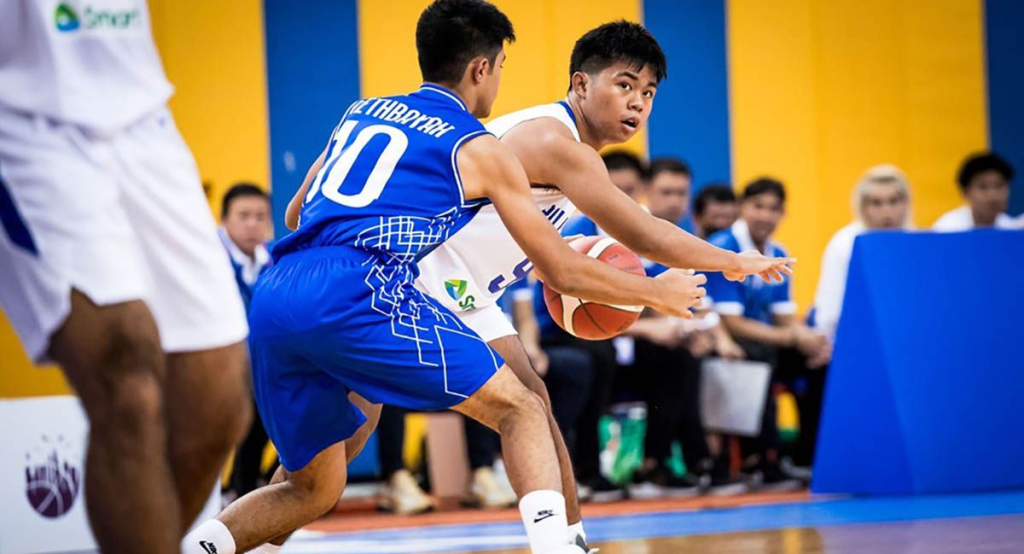The grassroots development of basketball in public schools plays a vital role in shaping the future of the sport in the Philippines. Basketball holds a special place in the hearts of Filipinos. It’s more than just a sport; it’s a way of life. From the streets to high school gyms, basketball is ingrained in the fabric of Filipino culture. By nurturing young talent early, public schools help create a strong foundation for basketball players to rise through the ranks, whether for local leagues, national teams, or even professional careers. In this article, we will explore the importance of grassroots basketball development in Philippine public schools and how it contributes to the sport’s growth.
Table of Contents
1. The Rise of Basketball in the Philippines
1.1. Basketball: A National Passion
Basketball is widely regarded as the most popular sport in the Philippines. With the Philippine Basketball Association (PBA) being the oldest professional basketball league in Asia, the sport has captured the nation’s collective passion. Whether it’s watching games on TV, playing pick-up games on the streets, or supporting local school leagues, basketball is deeply woven into Filipino culture.
1.2. The Role of Public Schools in Filipino Basketball
Public schools across the Philippines have become key players in the grassroots development of basketball. With thousands of students participating in basketball programs each year, public schools provide an accessible platform for children to engage with the sport, develop skills, and compete at local, regional, and even national levels. These schools contribute to the identification and nurturing of future basketball stars.

2. Grassroots Development in Public Schools
2.1. Importance of Early Exposure to the Sport
Exposure to basketball at an early age is crucial for developing skills and fostering a love for the game. Public schools are instrumental in offering basketball programs to children who may not have the resources or opportunities to play in private institutions or sports academies. The early development of basketball skills helps students build physical and mental attributes that are essential to the game, such as agility, teamwork, and sportsmanship.
- Accessibility: Public schools have the unique ability to offer basketball programs to students from diverse socioeconomic backgrounds, ensuring that talent is nurtured without barriers to entry.
- Building Confidence: Through basketball, students gain confidence, improve their communication skills, and learn the value of discipline. These lessons often extend beyond the court, positively affecting their academic and social lives.
2.2. School Leagues and Competitions
One of the most important aspects of grassroots development is the opportunity for students to compete. Public schools in the Philippines often organize basketball tournaments at the district, regional, and even national levels. These school leagues offer students a competitive environment to showcase their skills and passion for the sport.
- Local Competitions: Inter-school basketball competitions serve as the breeding ground for young talent. Local leagues allow students to gain experience and test their abilities in real-game situations.
- National Competitions: Prominent school leagues like the UAAP (University Athletic Association of the Philippines) and NCAA (National Collegiate Athletic Association) provide the stage for players to display their potential and gain visibility from scouts and professional teams.
2.3. School Coaches: Key Mentors for Future Stars
Basketball coaches in public schools play a pivotal role in identifying and mentoring talented players. They work with students from various backgrounds and guide them in developing both basic and advanced basketball techniques. Coaches often tailor their training programs to the strengths of individual players, helping them refine their skills, improve their game understanding, and develop strategies for both offense and defense.
- Mentorship: A great coach doesn’t just teach basketball; they act as mentors who inspire discipline, perseverance, and self-improvement in their players.
- Holistic Development: Coaches often emphasize mental and emotional growth, teaching players the value of teamwork, overcoming adversity, and remaining focused under pressure—skills that can benefit them in both sports and life.

3. Benefits of Grassroots Basketball Development in Public Schools
3.1. Nurturing Future Professional Players
Basketball development in public schools contributes significantly to the pool of future professional athletes. The PBA and National Team often scout young players from school leagues, and many of the country’s top athletes have risen through the ranks of public school basketball programs.
- PBA Scouts: Many PBA players were discovered through school-based competitions, demonstrating the importance of grassroots development in creating a pipeline for professional basketball.
- National Representation: Young talent from public schools can also rise to represent the Philippines in international competitions such as the FIBA World Cup and the Southeast Asian Games.
3.2. Social and Community Development
Basketball fosters teamwork, camaraderie, and community engagement. Public school basketball leagues not only help individual players develop their skills but also serve as platforms for fostering community spirit. Schools with basketball programs bring students, teachers, and parents together, strengthening the sense of unity within the school and its surrounding community.
- Teamwork: Through basketball, students learn the importance of collaboration and mutual support. The relationships built within teams often last a lifetime and are vital in building strong, supportive communities.
- Community Engagement: School basketball games become community events, drawing local residents to cheer for their students and build pride in their neighborhood teams.
3.3. Promoting Health and Physical Fitness
In addition to its role in developing future of grassroots basketball players, public school basketball also promotes physical fitness among the general student population. Regular practice and games improve students’ cardiovascular health, endurance, and strength. In a country where physical activity is vital for combating sedentary lifestyles, basketball provides an excellent outlet for youth to stay active and healthy.
4. Challenges in Grassroots Development
4.1. Limited Resources and Facilities
Despite the importance of basketball in public schools, some institutions struggle with limited resources, such as inadequate sports facilities, outdated equipment, and insufficient funding for tournaments. These challenges can hinder the development of potential basketball players, especially in remote areas where access to quality training resources is limited.
- Funding Gaps: Public schools may face difficulties securing sponsorships or financial support to fund their sports programs, which impacts the quality of training, equipment, and competition.
- Facility Constraints: Many schools lack well-maintained basketball courts, limiting students’ opportunities for practice and development.
4.2. Need for Better Coach Training and Support
While many public school coaches are dedicated to their students, there is often a lack of professional training and development opportunities for coaches themselves. To elevate the standard of basketball in schools, coaches need continuous education, updated training methods, and better access to resources.
- Coach Development Programs: It’s crucial for the government and basketball organizations to invest in coach development programs to enhance coaching skills and ensure that players receive the highest standard of training.
- Mentorship Opportunities: Experienced mentors and professional players could be involved in mentoring coaches to elevate the overall quality of training at the grassroots level.

5. The Future of Basketball in Public Schools
The grassroots development of basketball in Philippine public schools plays an essential role in shaping the future of the sport. It provides an accessible and effective platform for nurturing young talent, developing skills, and fostering community spirit. Despite challenges such as limited resources and coach training, the potential for growth in Philippine basketball is immense. By continuing to invest in public school sports programs, the Philippines can cultivate the next generation of basketball stars and further solidify the country’s position as a basketball powerhouse in Southeast Asia.
Frequently Asked Questions (FAQs)
1. How does grassroots basketball development benefit Filipino students?
It helps students develop physical fitness, teamwork, and confidence, while also offering them the chance to pursue professional careers in basketball.
2. Are public school basketball leagues important for the future of the sport in the Philippines?
Yes, they serve as the foundation for identifying and nurturing young basketball talent, many of whom go on to play in national leagues or professional teams.
3. What are some of the challenges faced by public school basketball programs?
Challenges include limited resources, inadequate facilities, and a lack of ongoing training for coaches.
4. How can the government help improve basketball programs in public schools?
The government can provide funding for facilities, equipment, and coach training programs to ensure that basketball in public schools continues to grow and thrive.
5. What is the significance of basketball in Filipino culture?
Basketball is a deeply rooted part of Filipino culture, symbolizing unity, teamwork, and national pride. It is the most popular sport in the country and plays a key role in social gatherings and community life.

